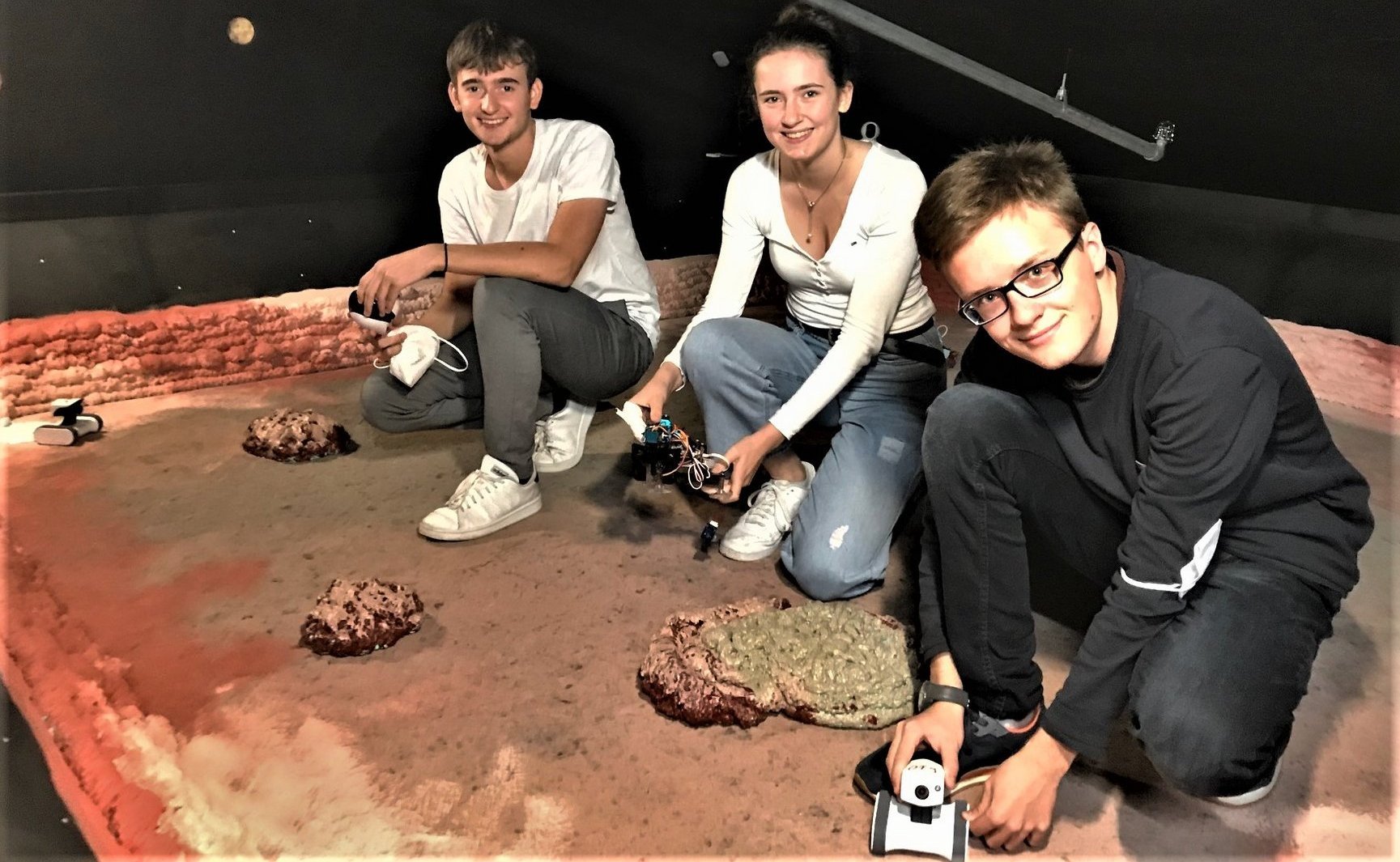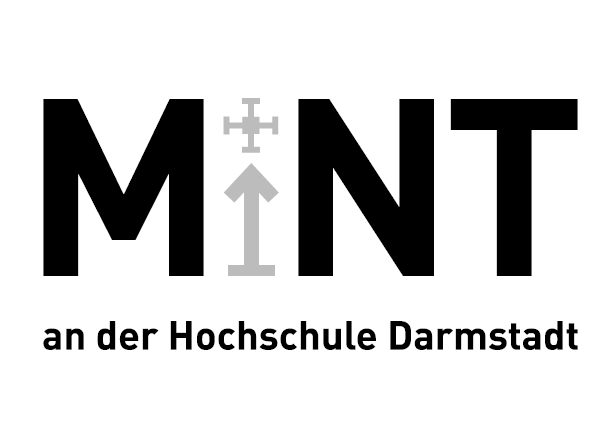
Work On Mars
The project idea
The past and present remote exploration of Mars (currently: NASA's Mars Perseverance Rover) and the technology used in it have long fascinated young and old alike. The interaction of mechanical and electronic high-tech components with the programming of (partially) autonomously running software procedures is of central importance. The latter are due to the time delay in data transmission: Earth - Mars.
The goal of our large-scale project "Work on Mars" is to map this technical problem onto a model Mars landscape in the MINT school laboratory. This is located in a room accessible to the participants only for "maintenance purposes".
The tasks of the participants are:
- Build and program a model vehicle with appropriate sensors (camera, distance and position sensors, etc.), actuators (vehicle motors, gripper arms, etc.) and on-board microcontrollers (Raspberry Pi, Arduino or similar). Students can use commercially available models (as a basis) and "refine" them. However, participants should also be encouraged to develop and build their own model vehicles.
- After building and commissioning, students are to place their vehicles in the model marscape and control them remotely from the control room. In addition to exploratory drives, some tasks are to be completed, for example: moving or working on "Martian rocks".
- However, "challenges" can also be conducted between different student teams, for example: Which team completes a certain task in the Martian landscape the fastest?
Four "operating modes" of the remote control to Work on Mars:
- Method 1: In the "simplest" mode of operation, the rover operators sit with their controller (tablet or LapTop) directly at the edge of the Martian crater and can follow the "action" live with their eyes. The control is still without time delay.
- Method 2: Here, the rover drivers are also in the space of the Martian landscape, but generally do not have a direct view of what is happening. They have to rely on the images from the WebCams and the mini-cameras in the rover. Rover control is also still without time delay. If something goes wrong or the drivers have lost their orientation, they can turn their gaze to the Martian landscape and take corrective action if necessary.
- Method 3: In this mode, the rover drivers sit in the control room and must rely completely on the camera images and sensor readings. Rover control is also still performed without time delay.
- Method 4: This is the "most difficult" mode of operation. The rover operators sit in the control room and must rely completely on the camera images and sensor readings. A time delay of several minutes is built into the rover control system. At a given time, the drivers send a chain of commands consisting of several individual actions to the rover. The rover executes these actions and sends new camera images and sensor values (only) after the specified time delay has elapsed.
